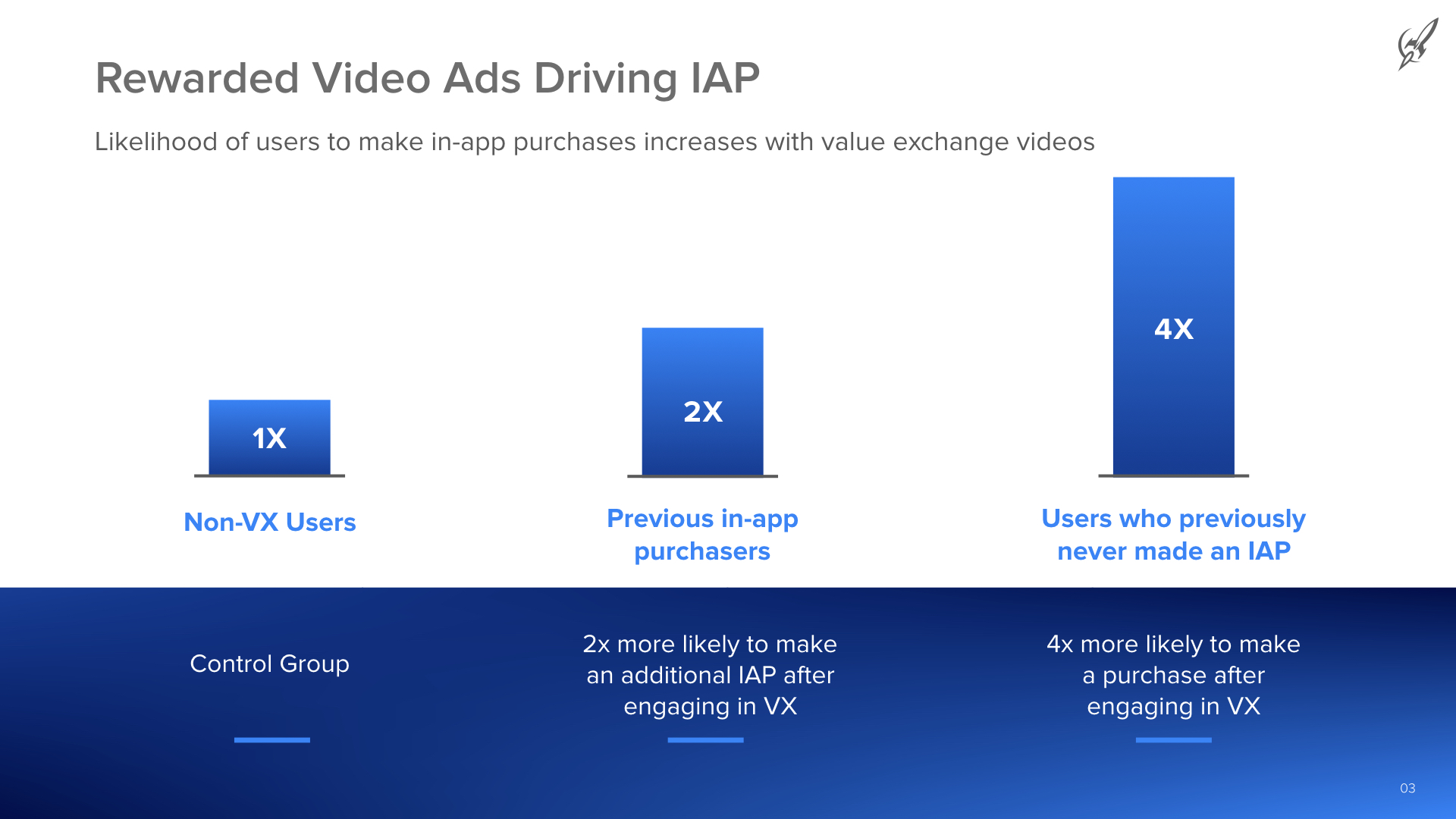
David Pokress — EVP Publishing & Account Management, AdColony
The mobile games category has always been known for its simplicity, a reputation that was brought on by classic titles like Doodle Jump and Peggle and continued with games like Flappy Bird and Candy Crush Saga. After all, compared to mainstream PC and console games, these games were small in scope and had far less visual spectacle due to storage, memory and speed limitations.
But those days of pure simplicity are coming to an end. Anyone who has seen the Apple “Vainglory” ad demonstrating how the A11 Bionic chip in the iPhone X is ideal for gaming knows that phones can now have the processing power necessary for graphics-heavy games with highly complicated structures.
Now let’s take a look at the meteoric rise of Fortnite. The battle royale game got its start on PlayStation 4, Xbox One and PCs, has received an iOS (iPhone, iPad) release that has been downloaded 100 million times and counting in just five months — not to mention a strategically-timed, exclusive Android launch with Samsung in August.
Here’s the hook: unlike many mobile releases of classic console titles, which are stripped down ports of the original, the mobile version of Fortnite is not a slimmed down version — it’s exactly the same. And it’s still 100 percent free to play.
However, the developers of Fortnite, Epic Games, are still making money off of the title — and not just a little. The revenue generated from in-app purchases (IAP) has just cleared $160 million, and the game is on track to hit $500 million in revenue by April 2019. Considering the mobile launch was in April 2018, that’s zero to five hundred million in just one year.
Now, if we were to do some simple math on Fortnite’s revenue-to-user ratio, we’d see that each user is assumed to be spending about $1.60. But we know that isn’t true. Firstly, even the baseline “Wingman Starter Pack” IAP costs $4.99, and the range goes up from there: $10, $25, $60 and $100 for various levels of bonuses and in-app currency, known as V-Bucks.
Secondly, while we don’t know what percentage of Fortnite users are spending money, we do know that while many people play games, only some users pay up. That is, about 90 percent of mobile gaming sales are the result of 10 percent of the in-game purchasing population —and the top 1 percent (the true “whales”) account for 58 percent of total in-app purchases.
This means that Fortnite has some whales — and some of them are pretty big. If one percent of its mobile base (1M users) are responsible for 58 percent of that $160M, that means they have each spent nearly a hundred dollars ($92.80) on in-app purchases since downloading the game, which could have been five months ago or five days ago. This is double or even triple the cost of buying a brand new video game for consoles, such as Grand Theft Auto ($30), Forza ($40), Super Mario Odyssey ($45) or the latest Call of Duty ($60).
Why is this important? Because Fortnite just proved that free-to-play no longer means that a developer is “staying afloat” through in-app purchases. It means they’re absolutely crushing revenue goals through strategic gameplay development that encourages IAP, where users feel that they have to have that currency, that leverage within the game, in order to be fully satisfied with their experience.
And it means ads, too. In-app purchases are not the only way to generate revenue; carefully inserted mobile ads in non-intrusive formats like rewarded video are highly effective. This isn’t an “either/or” scenario, either: Users who have never made an IAP are four times more likely to make a purchase after engaging in a rewarded video, and previous IAP buyers who engaged in rewarded videos were twice as likely to make additional purchases. We’ve also found that the first IAP is made 10% sooner when users watch rewarded videos.

The mobile gaming industry is only getting bigger. By 2020, games will account for 72 percent of total global app revenues, or $58.1 billion. If you want a piece of that pie, instead of chasing users away with intrusive ads or neglecting key IAP opportunities, be sure to integrate relevant and engaging ad solutions that boost your IAP to the levels you know it can reach — which, as Fortnite has proven, are $100-500 million and above.
More from Digiday

Future of TV Briefing: How the future of TV shaped up in 2025
This week’s Future of TV Briefing looks back at the top topics and trends that overtook the TV, streaming and digital video industries in 2025.

Lowe’s wants to do more with AI shopping in 2026
Mylow, a shopping assistant powered by ChatGPT that launched in March, is already driving double the conversion rate for online shoppers.

‘This isn’t the old pre-roll world’: YouTube has been talking TV — now it’s selling that way
YouTube is ramping up efforts to get TV’s largest advertisers to move more of their budget into its platform.





